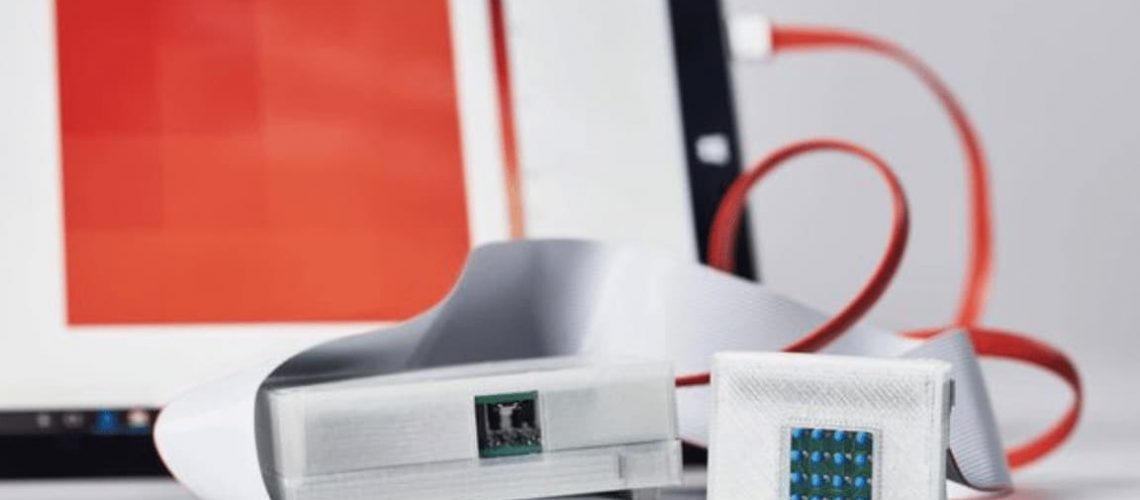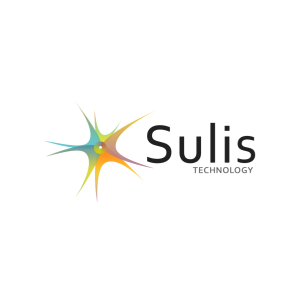Melanoma, the deadliest form of skin cancer, may soon be easier to detect, even at early stages, thanks to a group of McMaster University students. Not only that, but the device is significantly less expensive than other detection methods, making it a highly cost-effective solution that could revolutionize how melanomas are identified.
As reported by Smithsonian Magazine, four Canadian university students created the device as part of their final project for their biomedical engineering class, an invention that was just recognized with the prestigious James Dyson Award.
“Current diagnostic methods are strictly qualitative in nature,” said Prateek Mathur, one of the four students involved in the project. “So, we set out to make a more quantitative tool.”
Currently, most melanomas are found during visual exams and confirmed with biopsies. But the approach isn’t always accurate, as it relies on the doctor’s experience and personal assessment.
The student’s device, called the sKan, generates a thermal map of the body, denoting minute temperature changes that are typically associated with melanoma. The method relies on temperature sensors that are placed on the skin near the area of concern. The skin is then cooled, and the device tracks temperature changes as the skin returns to a normal temperature.
For a brief period after being cooled, melanomas will register at a slightly higher temperature than the surrounding skin and the sKan is designed to spot that difference, even if it is only “tenths of a degree.”
The sKan won the team – which included Mathur along with classmates Michael Takla, Rotimi Fadiya and Shivad Bhavsar – the James Dyson Award which comes with a $40,000 prize. Their university also provided them with an additional $6,000.
The group, now graduates of McMaster University, intend to put the money toward improving the prototype. Their goal is to make the device more sensitive, allowing smaller melanomas to be detected and cancers to be identified at earlier stages. They’ll also begin reaching out to doctors to coordinate pre-clinical testing.
While there are other thermal detection methods available, the team anticipates the sKan will sell for $1,000, making it highly accessible to physicians.
“We want to provide an affordable solution to local communities that will promote early detection for melanoma,” said Mathur. “If detected early, the survivability rate of melanoma is over 90 percent.”
Currently, around 87,000 Americans are diagnosed with the potentially deadly skin cancer each year, and approximately 10,000 people die from the condition annually.
Survival rates are highly dependent on when the melanoma is discovered. Those with Stage IA or Stage IB have five-year survival rates of 97 percent and 92 percent respectively, according to the American Cancer Society. In comparison, those with Stage IIA see survival rates fall to 81 percent, while Stage IIIC drops to 40 percent. Typically, those diagnosed with Stage IV melanoma only have a 5-year survival rate of 15 to 20 percent.


